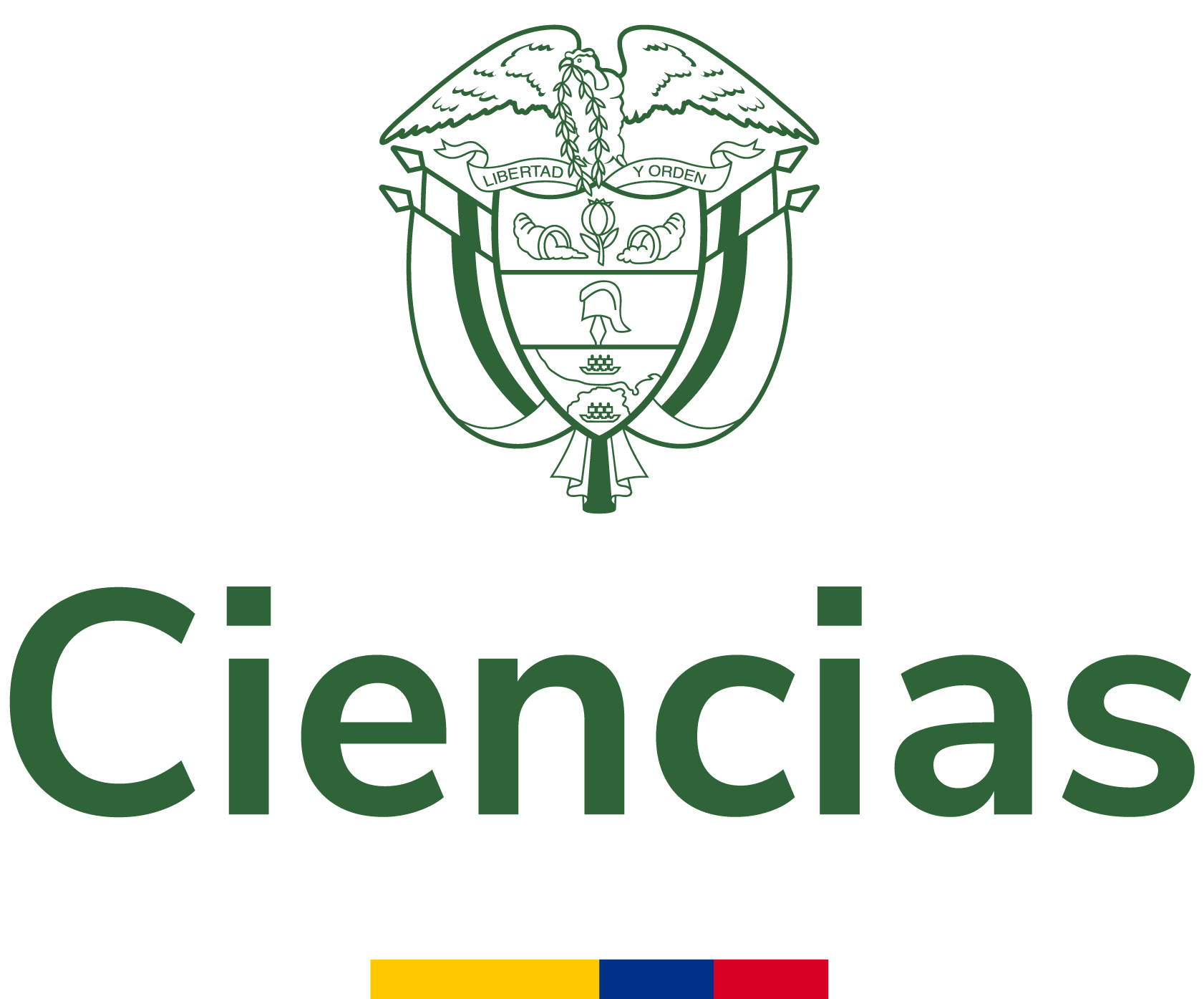Physical and chemical differences of the supplemented soil with electric batteries
There are peasant practices in the department of Caquetá and testimonies of people in the city of Florence that involve the use of electric batteries as the basis of organic fertilizer for plants. Faced with the hypothesis that electric batteries can contribute to the healthy development of a plant,...
- Autores:
- Tipo de recurso:
- Fecha de publicación:
- 2019
- Institución:
- Universidad Católica de Pereira
- Repositorio:
- Repositorio Institucional - RIBUC
- Idioma:
- spa
- OAI Identifier:
- oai:repositorio.ucp.edu.co:10785/10000
- Acceso en línea:
- https://revistas.ucp.edu.co/index.php/entrecienciaeingenieria/article/view/1164
http://hdl.handle.net/10785/10000
- Palabra clave:
- Rights
- openAccess
- License
- Derechos de autor 2020 Entre Ciencia e Ingeniería
| id |
RepoRIBUC_19bab79a0db80d3273861de8fddda6c8 |
|---|---|
| oai_identifier_str |
oai:repositorio.ucp.edu.co:10785/10000 |
| network_acronym_str |
RepoRIBUC |
| network_name_str |
Repositorio Institucional - RIBUC |
| repository_id_str |
|
| spelling |
Physical and chemical differences of the supplemented soil with electric batteriesDiferencias fisicoquímicas de suelo suplementado con pilas eléctricasThere are peasant practices in the department of Caquetá and testimonies of people in the city of Florence that involve the use of electric batteries as the basis of organic fertilizer for plants. Faced with the hypothesis that electric batteries can contribute to the healthy development of a plant, the objective of the present study was to evaluate the incidence of electric batteries in the physical and chemical properties of a soil sample destined to plant beans. The experiment consisted of a completely randomized design (DCA) with a 1 x 4 factorial arrangement, where factor A corresponds to beans, and factor B corresponds to the variety of electric batteries (generic and alkaline) with three repetitions. In each treatment, it was determined: pH, exchangeable acidity (A.I.), organic carbon (C.O), ashes, color, and conductivity. The study showed that the addition of electric batteries to the soil favors the absorption of solar energy, making the average soil temperature tend to be higher, which would tend to promote rapid germination in the seeds, positive aspect in the germination stage of this. However, it can affect the low release of nitrogen to the soil, in its post-growth phases.Existen prácticas de campesinos en el departamento del Caquetá y testimonios de personas en la ciudad de Florencia que involucran el uso de pilas eléctricas como base del abono orgánico para plantas. Frente a la hipótesis que las pilas eléctricas pueden contribuir al desarrollo saludable de una planta, se planteó como objetivo del presente estudio, evaluar la incidencia de las pilas eléctricas en las propiedades físicas y químicas de una muestra de suelo destinado a la siembra de fríjol. El experimento consistió en un diseño completamente al azar (DCA) con arreglo factorial 1 x 4, donde el factor A corresponde fríjol y el factor B a la variedad de pilas eléctricas (genéricas y alcalinas) con tres repeticiones. En cada tratamiento se determinó: pH, acidez intercambiable (A.I.), carbono orgánico (C.O), cenizas, color y conductividad. El estudio permitió evidenciar que la adición de pilas eléctricas al suelo favorece la absorción de la energía solar, haciendo que la temperatura media del suelo tienda a ser más elevada lo que tendería a promover una germinación rápida en las semillas, aspecto positivo en la etapa germinativa de estas. No obstante, puede incidir en la baja liberación de nitrógeno al suelo, en sus fases posteriores al crecimiento.Universidad Católica de Pereira2022-06-01T19:09:03Z2022-06-01T19:09:03Z2019-12-30Artículo de revistahttp://purl.org/coar/resource_type/c_6501http://purl.org/coar/version/c_970fb48d4fbd8a85info:eu-repo/semantics/articleinfo:eu-repo/semantics/publishedVersionhttp://purl.org/coar/resource_type/c_2df8fbb1application/pdfapplication/xmlhttps://revistas.ucp.edu.co/index.php/entrecienciaeingenieria/article/view/116410.31908/19098367.1164http://hdl.handle.net/10785/10000Entre ciencia e ingeniería; Vol. 13 Núm. 26 (2019); 68-73Entre Ciencia e Ingeniería; Vol. 13 Núm. 26 (2019); 68-73Entre ciencia e ingeniería; Vol. 13 Núm. 26 (2019); 68-732539-41691909-8367spahttps://revistas.ucp.edu.co/index.php/entrecienciaeingenieria/article/view/1164/1187https://revistas.ucp.edu.co/index.php/entrecienciaeingenieria/article/view/1164/2548Derechos de autor 2020 Entre Ciencia e Ingenieríahttps://creativecommons.org/licenses/by-nc/4.0/deed.es_EShttps://creativecommons.org/licenses/by-nc/4.0/deed.es_ESinfo:eu-repo/semantics/openAccesshttp://purl.org/coar/access_right/c_abf2Bonilla, Norma ConstanzaRojas Bahamón, Magda JulissaArbeláez Campillo, Diego Felipeoai:repositorio.ucp.edu.co:10785/100002025-01-28T00:00:51Z |
| dc.title.none.fl_str_mv |
Physical and chemical differences of the supplemented soil with electric batteries Diferencias fisicoquímicas de suelo suplementado con pilas eléctricas |
| title |
Physical and chemical differences of the supplemented soil with electric batteries |
| spellingShingle |
Physical and chemical differences of the supplemented soil with electric batteries |
| title_short |
Physical and chemical differences of the supplemented soil with electric batteries |
| title_full |
Physical and chemical differences of the supplemented soil with electric batteries |
| title_fullStr |
Physical and chemical differences of the supplemented soil with electric batteries |
| title_full_unstemmed |
Physical and chemical differences of the supplemented soil with electric batteries |
| title_sort |
Physical and chemical differences of the supplemented soil with electric batteries |
| description |
There are peasant practices in the department of Caquetá and testimonies of people in the city of Florence that involve the use of electric batteries as the basis of organic fertilizer for plants. Faced with the hypothesis that electric batteries can contribute to the healthy development of a plant, the objective of the present study was to evaluate the incidence of electric batteries in the physical and chemical properties of a soil sample destined to plant beans. The experiment consisted of a completely randomized design (DCA) with a 1 x 4 factorial arrangement, where factor A corresponds to beans, and factor B corresponds to the variety of electric batteries (generic and alkaline) with three repetitions. In each treatment, it was determined: pH, exchangeable acidity (A.I.), organic carbon (C.O), ashes, color, and conductivity. The study showed that the addition of electric batteries to the soil favors the absorption of solar energy, making the average soil temperature tend to be higher, which would tend to promote rapid germination in the seeds, positive aspect in the germination stage of this. However, it can affect the low release of nitrogen to the soil, in its post-growth phases. |
| publishDate |
2019 |
| dc.date.none.fl_str_mv |
2019-12-30 2022-06-01T19:09:03Z 2022-06-01T19:09:03Z |
| dc.type.none.fl_str_mv |
Artículo de revista http://purl.org/coar/resource_type/c_6501 http://purl.org/coar/version/c_970fb48d4fbd8a85 info:eu-repo/semantics/article info:eu-repo/semantics/publishedVersion |
| dc.type.coar.fl_str_mv |
http://purl.org/coar/resource_type/c_2df8fbb1 |
| status_str |
publishedVersion |
| dc.identifier.none.fl_str_mv |
https://revistas.ucp.edu.co/index.php/entrecienciaeingenieria/article/view/1164 10.31908/19098367.1164 http://hdl.handle.net/10785/10000 |
| url |
https://revistas.ucp.edu.co/index.php/entrecienciaeingenieria/article/view/1164 http://hdl.handle.net/10785/10000 |
| identifier_str_mv |
10.31908/19098367.1164 |
| dc.language.none.fl_str_mv |
spa |
| language |
spa |
| dc.relation.none.fl_str_mv |
https://revistas.ucp.edu.co/index.php/entrecienciaeingenieria/article/view/1164/1187 https://revistas.ucp.edu.co/index.php/entrecienciaeingenieria/article/view/1164/2548 |
| dc.rights.none.fl_str_mv |
Derechos de autor 2020 Entre Ciencia e Ingeniería https://creativecommons.org/licenses/by-nc/4.0/deed.es_ES https://creativecommons.org/licenses/by-nc/4.0/deed.es_ES info:eu-repo/semantics/openAccess http://purl.org/coar/access_right/c_abf2 |
| rights_invalid_str_mv |
Derechos de autor 2020 Entre Ciencia e Ingeniería https://creativecommons.org/licenses/by-nc/4.0/deed.es_ES http://purl.org/coar/access_right/c_abf2 |
| eu_rights_str_mv |
openAccess |
| dc.format.none.fl_str_mv |
application/pdf application/xml |
| dc.publisher.none.fl_str_mv |
Universidad Católica de Pereira |
| publisher.none.fl_str_mv |
Universidad Católica de Pereira |
| dc.source.none.fl_str_mv |
Entre ciencia e ingeniería; Vol. 13 Núm. 26 (2019); 68-73 Entre Ciencia e Ingeniería; Vol. 13 Núm. 26 (2019); 68-73 Entre ciencia e ingeniería; Vol. 13 Núm. 26 (2019); 68-73 2539-4169 1909-8367 |
| institution |
Universidad Católica de Pereira |
| repository.name.fl_str_mv |
|
| repository.mail.fl_str_mv |
|
| _version_ |
1844494663495450624 |






